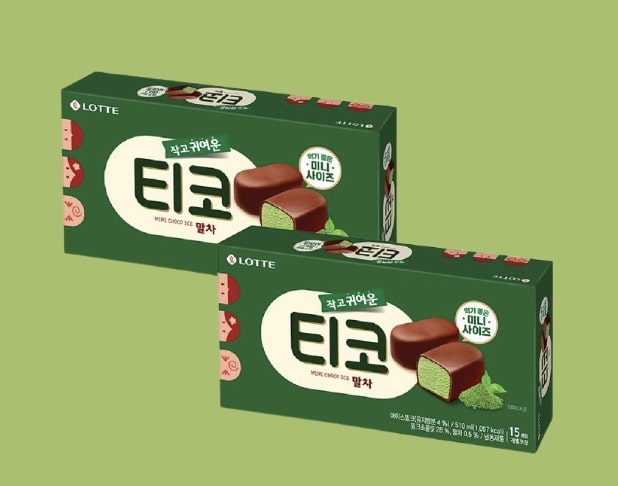
Have You Heard About Korean Native Dogs?
1 삽살개 (sap-sal-gae)
from Gyeongsan, Gyeongsangbuk-do

- Its name means chasing ghosts or bad luck.
- The whole body is covered with two layers of fur.
The undercoat is shorter and softer than the topcoat.
It helps them survive in the cold winter and hot summer. - They are smart and brave, and have unconditional loyalty to their owner. They are famous for their great patience.
But it doesn’t mean that they are friendly to others.

drawn by a painter of the mid-Joseon period, Gim Du-ryang
It is known that 삽살개 was raised only in a royal palace during the Unified Silla Dynasty period (676~935). After the Unified Silla Dynasty collapsed, 삽살개 spread throughout the Korean Peninsula and was easily seen in many neighborhoods.
But, sadly, 삽살개 was one of the victims of the Japanese colonial period. In the 1940s, Japan slaughtered tens of thousands of dogs living in Korea to make leather for war and 삽살개 have been on
the verge of extinction.
In 1969, the preservation project started by Professor Tak Yeon-bin and Ha Sung-jin of Kyungpook National University, collecting 30 remaining 삽살개 around the country. In 1992, 삽살개 was designated as a national monument No.368.
2 진돗개 (jin-dot-gae)
from Jindo Island, Jeollanam-do

- They are named after the region they are from, Jindo Island.
- Their fur is strong and glossy and they have muscular, well-balanced bodies.
- They are faithful, smart, serious, quiet, and known for their hunting instincts. They have an ability to return home from a great distance (“homing instinct”).
- Because 진돗개 are truly loyal to their owner, they can show aggression when they meet someone or other animals they consider enemies.

Because 진돗개 has been living on an island, it seems to have preserved its pure breed. It’s known to be one of the dogs developed by the descendants of the Stone Age, but there are no clear historical records left.
진돗개 was the only breed that could survive from the massacre of Korean dogs during the Japanese colonial period. It was because 진돗개 was designated as a national monument by the Japanese Government-General in Korea in 1938. But why? It is said that it was because they resemble Japanese Kishu dogs.
3 동경이 (dong-gyeong-i)
from Gyeongju, Gyeongsangbuk-do

- They are named after the region they are originally from. “Donggyeong (동경)” was the old place name of Gyeongju during the Goryeo Dynasty period.
- They have a naturally short or no tail. Because of their short tail, they wag their hips or lick to show their happy feelings. (How adorable!)
- They are gentle and very friendly to people, but can be wild to animals as they have a hunting instinct.

Korean Gyeongju DongGyeong Dog Association
동경이 is the oldest Korean dog on record. They have been continuously raised by ancestors since the ancient Silla period, which is more than 2000 years ago.
But 동경이 has such a sad history. It’s said that 동경이 was avoided by many people because they thought a short tail would bring bad luck. And just like 삽살개, 동경이 were victimized to make leather by Japan in the 1940s.
동경이 was not recognized as a Korean native dog until 2012 when they finally were designated as a natural monument.
4 풍산개 (pung-san-gae)
from Pungsan, Hamgyeongnam-do, North Korea

- They are named after the region they are from, Pungsan in North Korea.
- Although they look similar to 진돗개, they are bigger and have thicker fur than 진돗개. They are highly resistant to cold and disease.
- They are amazing hunting dogs with a patient and brave personalities. They also have strong loyalty to an owner.


Many traditional tales by word of mouth praised 풍산개 for catching tigers or leopards, which shows their brave personality. 풍산개 was also one of the victims of Japanese soldiers in the 1940s.
In 2018, Kim Jong-un, the leader of North Korea, gave two 풍산개, Songgang (송강) and Gomi (곰이), to former President Moon Jae-in as a gift during the 2018 Third Inter-Korea summit.



